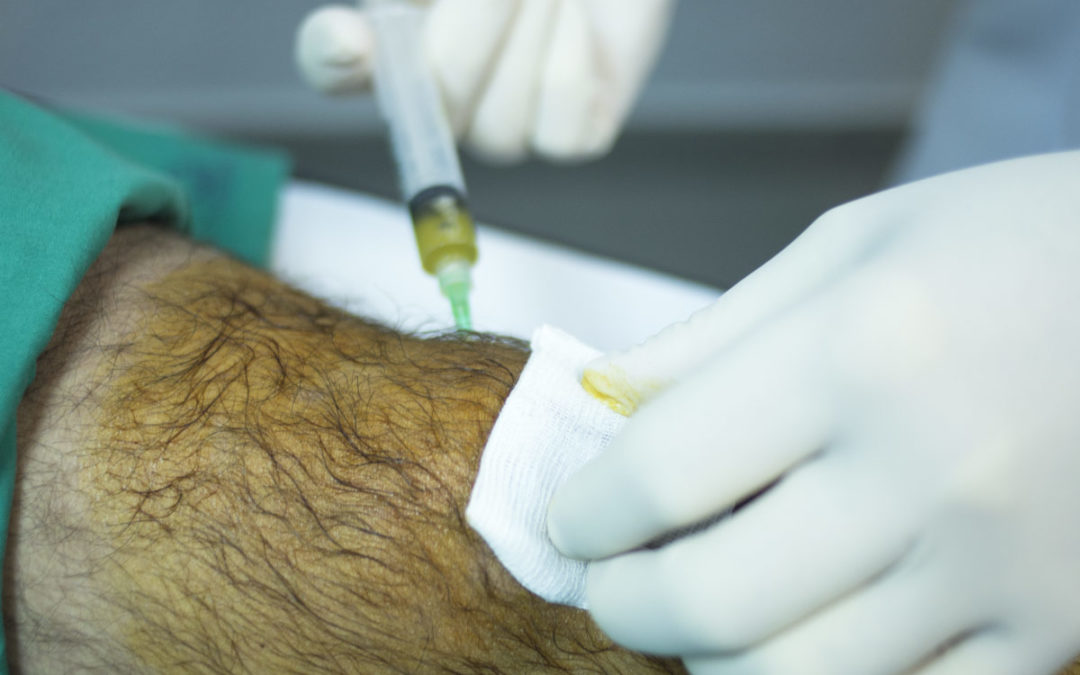Recent news stories and court rulings are garnering a lot of attention for the field of stem cell therapy. To the casual onlooker, it may seem as if the entire field of stem cell medicine is a scam run by charlatans to separate hapless pain sufferers from their money. However, it must be noted that while many are falling prey to bogus stem cell treatments delivering suboptimal results, this is not cause to demonize the work of dedicated physicians offering treatments backed by research and data derived from positive patient outcomes.
Keeping our patients safe and healthy is our top priority. Learn About Our Telemedicine System.
Research continues to grow and support the use of bone marrow stem cells for orthopedic applications. The Interventional Orthopedics Foundation (IOF), a 501(c)(3) nonprofit, maintains a stem cell registry that closely follows bone marrow stem cell procedures. The registry uses university-based, open-source clinical-research organization software (Clinovo) to manage the data. Preoperative data is collected on all bone marrow concentrate patients using validated questionnaires. The registry sends questionnaires at designated milestones post-treatment and then annually on an ongoing basis. The software sends automated questionnaire e-mails twice, and if the patient doesn’t respond, then up to three phone calls are initiated. If the patient fails to respond, that outcome end point is lost to follow-up and the patient is reacquired at the next time point.
The patient-reported outcomes housed in the IOF registry have allowed member clinics providing stem cell therapies to improve procedures over time. This patient data shows efficacy in cartilage healing, tendon repair, and intervertebral disk treatment. Clinical data has been published, with results that are beyond encouraging. Safety data in large case series, some that lasted for many years, has also been published. This data collectively shows that the field of tissue engineering with stem cells in musculoskeletal impairments has the potential to reduce morbidity and improve clinical outcomes, but only with appropriate and legitimate live stem cell therapies.
A patient’s own bone marrow stem cells are appropriate and legitimate live stem cell therapies. This is because these stem cells are drawn and injected in the same procedure. Conversely, amniotic and cord stem cells, which are processed from donor amniotic tissues and packaged for later clinical use in another patient, are not legal live stem cell therapy. No living stem cells have been found in these products. In addition, amniotic and cord stem cell procedures don’t have the research or registry data backing them up. They are a perfect example of treatments sharing the stem cell moniker while providing little to no relief for patients looking for alternatives to invasive orthopedic surgery. These bogus stem cell therapies are ruining the public narrative surrounding stem cell therapies and inhibiting the progress of medical technologies that could help millions of patients.
The next time you read an article regarding stem cell medical treatments, look for the data. It holds the truth about these treatments and is the key for the layman to discern fact from fiction.


